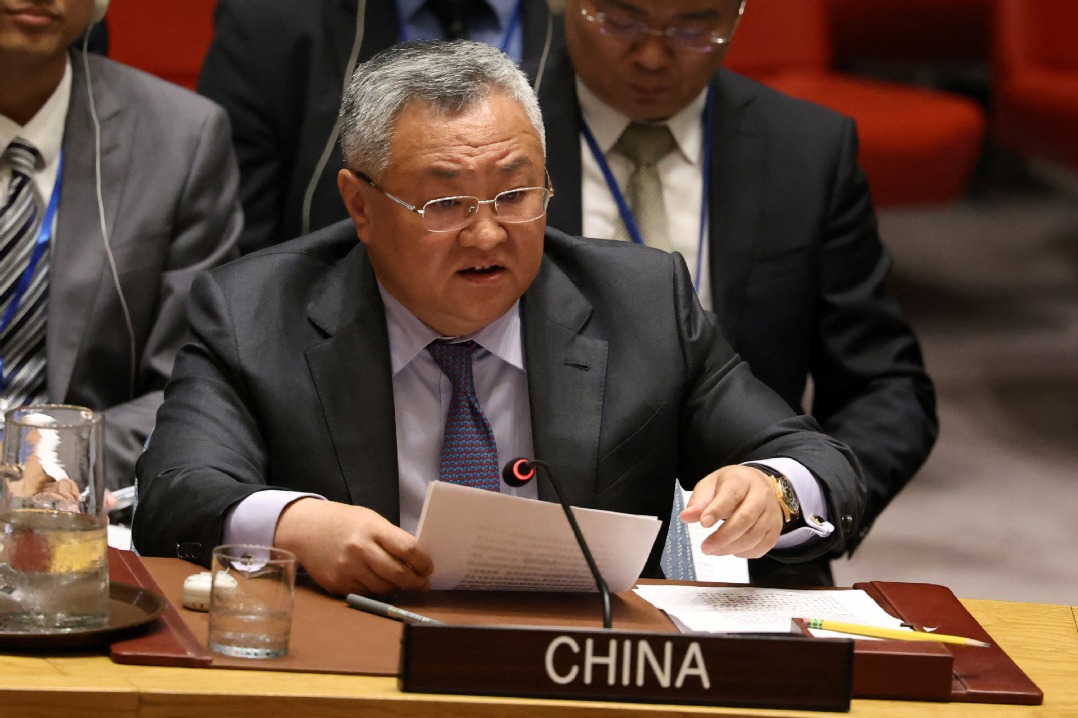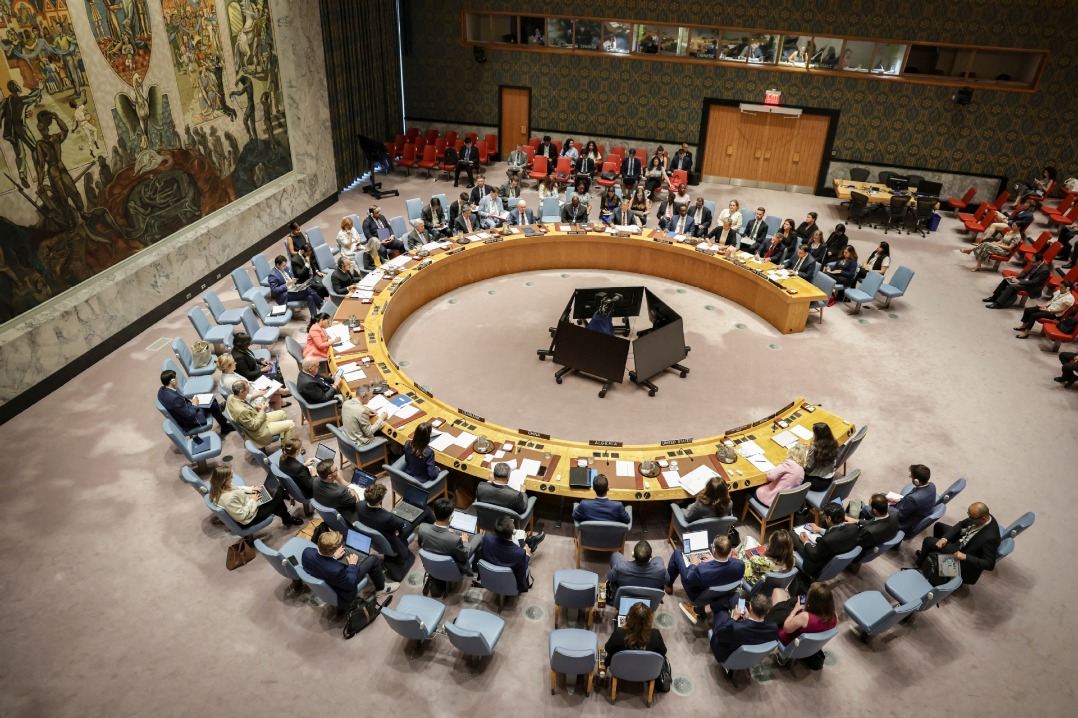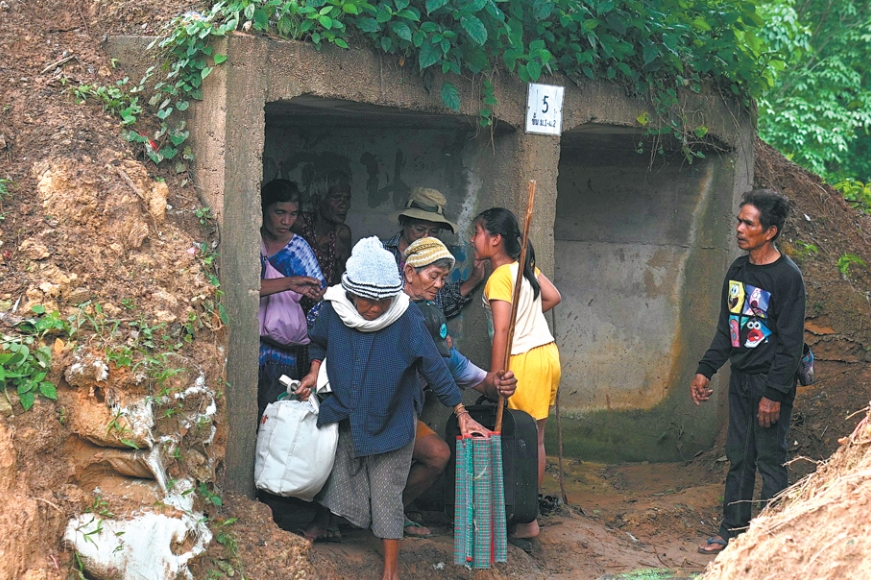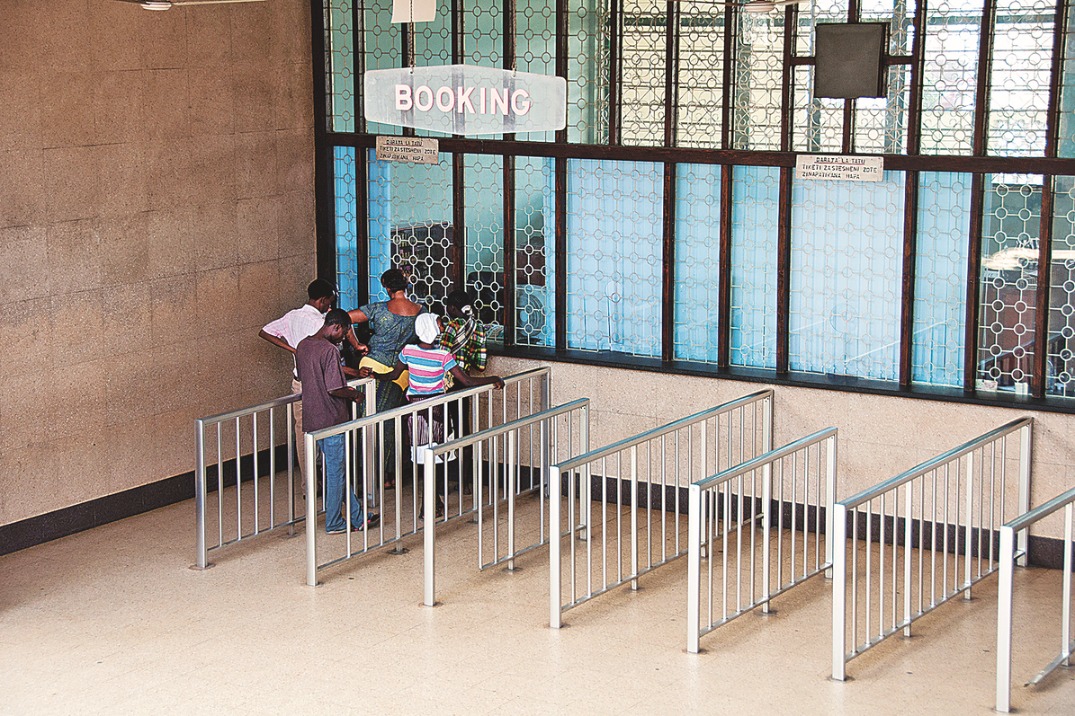African women among those hit hardest by pandemic

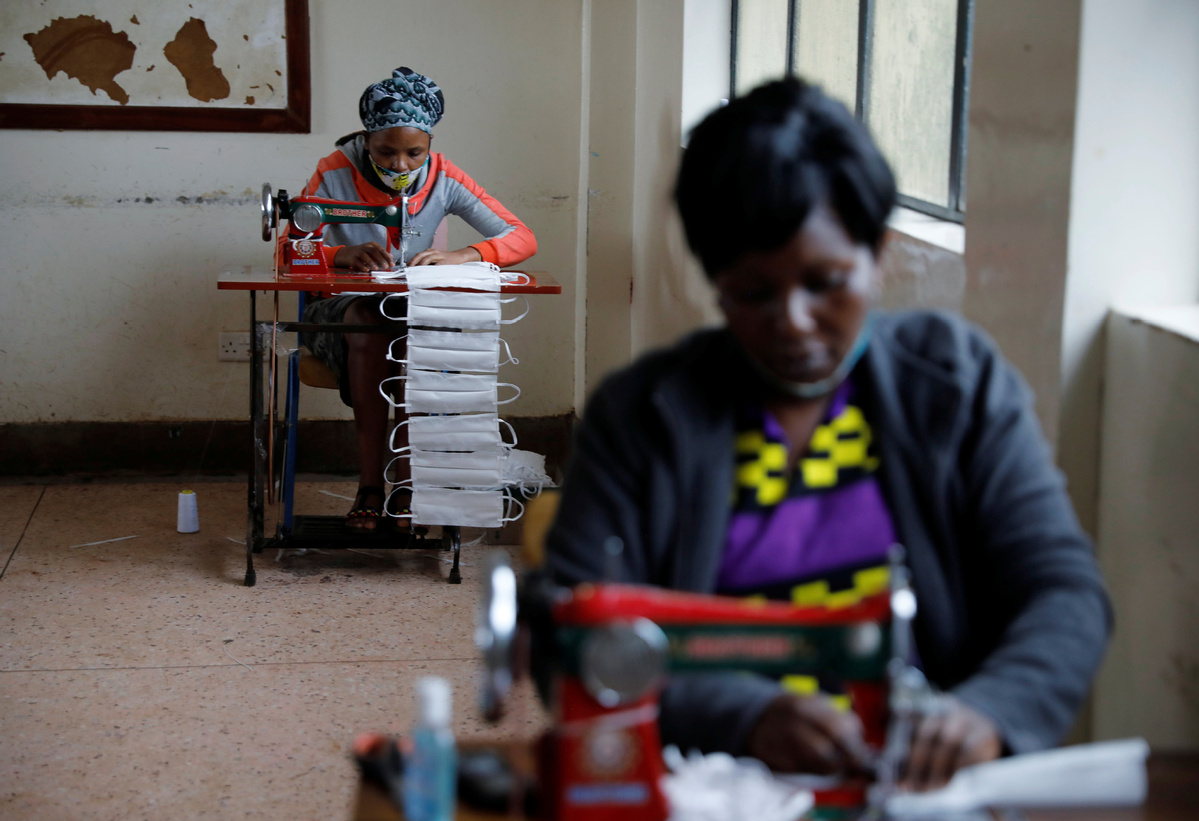
Countries in sub-Saharan Africa and Central and South Asia are expected to see rises in pandemic-induced extreme poverty at greater levels than in other regions, United Nations agencies said.
The three regions had already accounted for 87 percent of the world's extreme poor. With the coronavirus economic disruptions, an additional 54 million people are projected to sink below the poverty line, according to a study by UN Women and the United Nations Development Programme released on Wednesday.
Globally, the diving economies and job losses under the coronavirus pandemic are expected to push 96 million more people into extreme poverty; 47 million of them will be women and girls.
The global projections state that for every 100 poor men there will be 118 women in 2021, and the number could rise to 121 women by 2030.
The pre-pandemic female poverty rate in South Asia was projected to be 10 percent in 2021; it's now expected to reach 13 percent.
Before the pandemic, projections for the region suggested that by 2030 only 15.8 percent of the world's poor women and girls would be living in South Asia. The revised projections put that figure at 18.6 percent.
The study said that women's unpaid care and domestic work burden has taken center stage during the pandemic.
While governments have taken unprecedented measures to address the economic fallout, comparatively few measures have been directed at supporting families to reconcile paid and unpaid work, including care needs.
"We know that women take most of the responsibility for caring for the family; they earn less, save less and hold much less secure jobs-in fact, overall, women's employment is 19 percent more at risk than men's," Phumzile Mlambo-Ngcuka, the executive director for UN Women, said in a statement.
"The evidence we have here of multiple inequalities is critical to drive swift, restorative policy action that puts women at the heart of pandemic recovery."
Despite the grim picture, Achim Steiner, administrator for the UNDP, said more than 100 million women and girls could be lifted out of poverty if governments implement a comprehensive strategy aimed at improving access to education and family planning, fair and equal wages, and expanding social transfers.
The study estimates the cumulative cost of eradicating global poverty at $2 trillion, translating to 0.14 percent of the global gross domestic product. Additionally, funding of $48 billion is required to close the gender poverty gap.
- Africa CDC launches rapid public health emergency workforce deployments tool
- Efficient globalization to save world's economy
- 400,000 children to be immunized against polio and measles in Somalia
- Africa's COVID-19 cases pass 1.25 mln as death toll approaches 30,000
- Togo ends sleeping sickness in Africa first

















